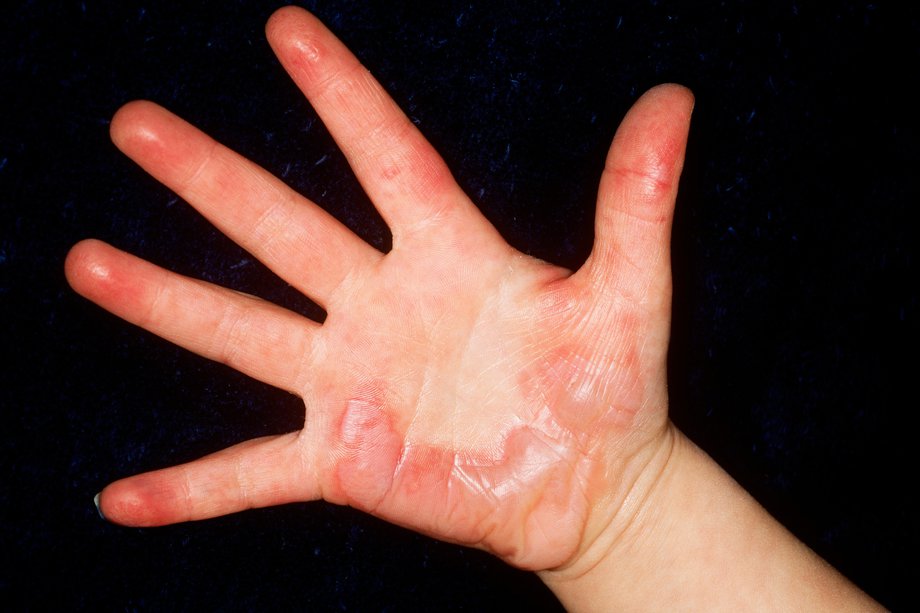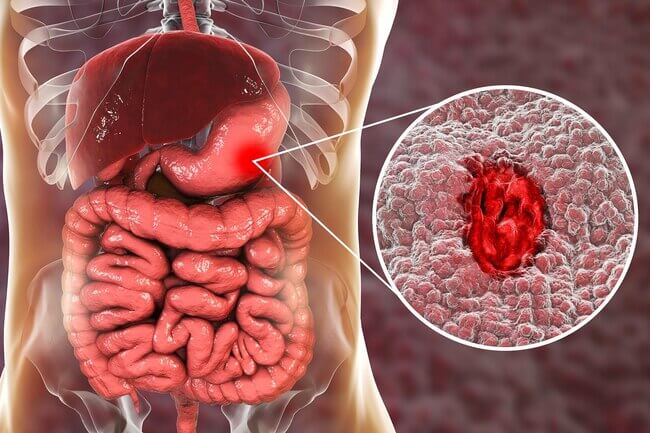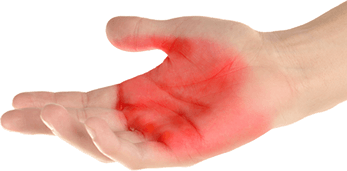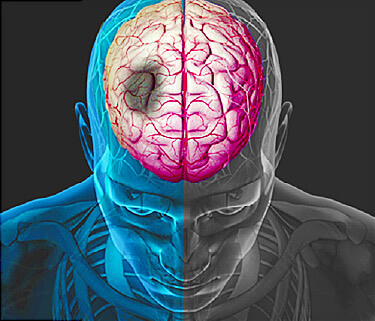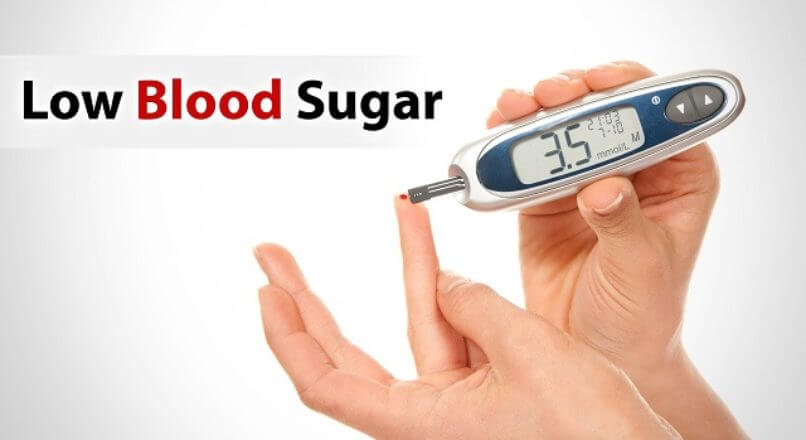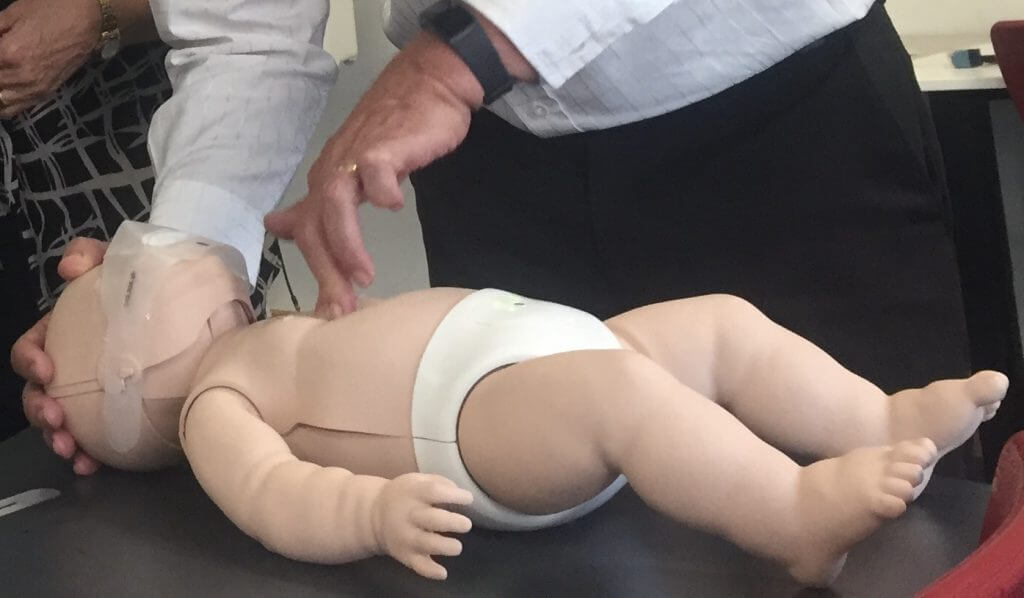Posts Tagged ‘gold coast’
Learn How to Treat a Burn
It’s time to learn how to treat a burn! Immediately apply cool running water to the burn for approximately 20 minutes. Remove any jewellery or restrictive clothing which has not adhered to the burn. Once the burn has been cooled, elevate the limb if possible to limit swelling. If the burn wasn’t caused by a…
Read MoreStomach Ulcers
MYTH: Stomach ulcers are caused by spicy foods or stress. Although spicy foods and stress are not good for an existing ulcer, they are not the main cause of an ulcer. The two most common causes of ulcers are Helicobacter Pylori (H. Pylori) Infection and the use of Non-Steroidal Anti-Inflammatory Drugs e.g. Ibuprofen. H. Pylori…
Read MoreAcute Coronary Syndrome
Acute Coronary Syndrome (ACS) is a significant problem in Australia and continues to be a significant cause of mortality and morbidity. It is estimated that there are 70,000 confirmed ACS cases in Australia each year which costs the healthcare system more than $1.8 billion annually. (Source: Heart Foundation) Acute Coronary Syndrome is an umbrella term…
Read MoreThe Hot Topic
Burns are injuries which are predominantly to the skin and superficial tissues (adipose). Burns can be caused by several external factors such as the sun, fire, hot materials and even extremely cold materials. In extreme cases, burns can even affect the bones through high voltage electrical injury. Assessment: The severity of the burn is assessed…
Read MoreWhat is a ‘Brain Attack’?
Strokes and Transient Ischemic Attacks (TIA) are caused by a rupture of a blood vessel (hemorrhagic stroke) or thromboembolism (ischemic stroke) in the Circle of Willis (blood supply for the brain). This occlusion or rupture ultimately leads to a lack of blood and subsequently reduces the amount of oxygen reaching the tissue distally to the…
Read MoreWhat is Hypoglycemia?
Causes of the Condition: Hypoglycemia is a clinical syndrome where low plasma glucose concentrations lead to signs and symptoms which can be completely resolved when plasma glucose concentration is increased. There are several causes depending on whether the patient is diabetic or non-diabetic. Diabetic patients require manual administration of insulin subcutaneously to keep blood sugar…
Read MoreQuick Tips for Effective CPR
QUICK TIPS FOR PROVIDING CPR: 30 compressions: 2 rescue breaths @ rate of 100-120 compressions per minute (approximately 2 per second) Depth = 1/3 of chest wall 5 cycles in 2 minutes (count compressions & cycles out loud) Place the heal of one hand on the lower half of the casualty’s sternum Place the other…
Read More
